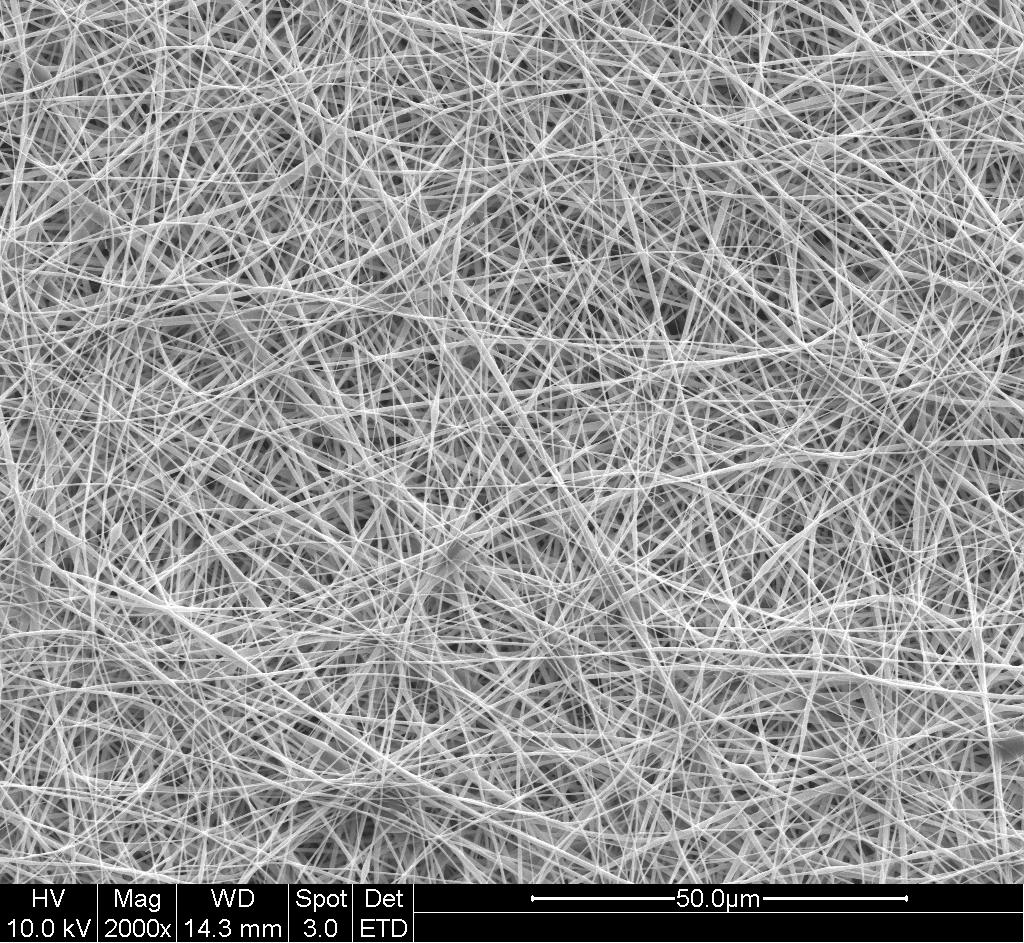▼ Reference
- Buchko C J, Chen L C, Shen Y, Martin D C. Processing and microstructural characterization of porous biocompatible protein polymer thin films. Polymer 1999; 40: 7397.
- Frey M W, Li L. Electrospinning and Porosity Measurements of Nylon-6/Poly(ethylene oxide) Blended Nonwovens. Journal of Engineered Fibers and Fabrics 2007; 2: 31. Open Access
- Ge J, Raza A, Fen F, Si Y, Li Y, Yu J, Ding B. Mechanically Robust Polyurethane Microfibrous Membranes Exhibiting High Air Permeability. Journal of Fiber Bioengineering & Informatics 2012; 5: 411. Open Access
- Meng Z X, Zheng W, Li L, Zheng Y F. Fabrication and characterization of three-dimensional nanofiber membrance of PCL-MWCNTs by electrospinning. Materials Science and Engineering C 2010; 30: 1014.
- Noorpoor A R, Sadighzadeh A, Anvari A. Effect of Nylon-6 Concentration on Morphology and Efficiency of Nanofibrous Media. Int J Environ Res 2014; 8: 421.
- Zhang L, Liu L G, Pan F L, Wang D F, Pan Z J. Effects of Heat Treatment on the Morphology and Performance of PSU Electrospun Nanofibrous Membrane. Journal of Engineered Fibers and Fabrics 2012: 7; Special Edition. Open Access
▼ Credit and Acknowledgement
Author
Wee-Eong TEO View profile
Email: weeeong@yahoo.com
 ElectrospinTech
ElectrospinTech
